Home>Furniture & Design>Bathroom Accessories>How Often Should I Get A New Toothbrush
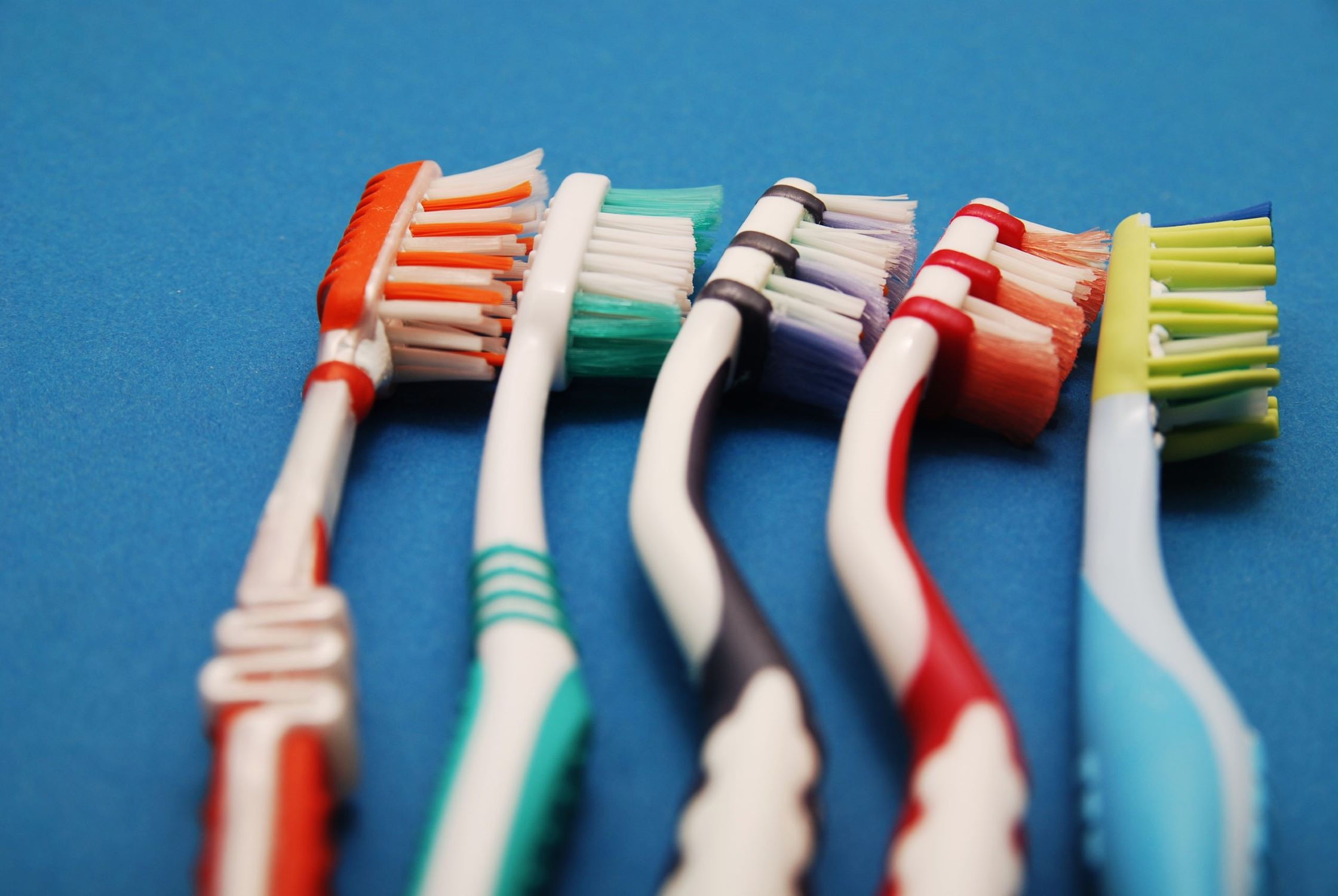

Bathroom Accessories
How Often Should I Get A New Toothbrush
Modified: August 19, 2024
Maintain optimal oral hygiene with the right bathroom accessories. Discover how often to replace your toothbrush for a healthy smile.
(Many of the links in this article redirect to a specific reviewed product. Your purchase of these products through affiliate links helps to generate commission for Storables.com, at no extra cost. Learn more)
Introduction
Maintaining good oral hygiene is essential for overall health and well-being. One of the fundamental aspects of oral care is ensuring that your toothbrush is in optimal condition. Many people are unsure about how often they should replace their toothbrush, and this article aims to provide comprehensive guidance on this topic.
A toothbrush is a vital tool in the daily routine of oral hygiene. It helps to remove plaque, food particles, and bacteria from the teeth and gums, thereby preventing dental issues such as cavities, gum disease, and bad breath. However, over time, the bristles of a toothbrush can wear down, become frayed, and harbor harmful bacteria, diminishing its effectiveness in cleaning the teeth and gums.
Understanding the importance of regularly changing toothbrushes and knowing the signs that indicate it's time for a new one is crucial for maintaining optimal oral health. Additionally, there are various factors to consider when deciding how often to replace a toothbrush, and this article will delve into these considerations to provide readers with a comprehensive understanding of the topic.
By gaining insights into the lifespan of a toothbrush and learning effective tips for maintaining a healthy toothbrush, individuals can make informed decisions to ensure that their oral care routine remains effective and beneficial. This article will also highlight the significance of using a clean and functional toothbrush to promote overall oral health and well-being.
In the subsequent sections, we will explore the importance of regularly changing toothbrushes, factors to consider when deciding how often to replace a toothbrush, signs that indicate it's time for a new toothbrush, and tips for maintaining a healthy toothbrush. Let's delve into this essential aspect of oral care to ensure that your toothbrush remains a reliable ally in maintaining a healthy and radiant smile.
Key Takeaways:
- Replace your toothbrush every 3-4 months or sooner if bristles are frayed. Regular replacement ensures effective plaque removal and reduces the risk of oral health issues.
- Look out for signs like frayed bristles, discoloration, or persistent oral health issues to know when it’s time for a new toothbrush. Proper care and storage also help maintain a healthy toothbrush for optimal oral hygiene.
Importance of Regularly Changing Toothbrushes
Regularly changing your toothbrush is a crucial aspect of maintaining good oral hygiene. Over time, the bristles of a toothbrush can become frayed, worn, and less effective at removing plaque and food particles from the teeth and gums. Additionally, bacteria can accumulate on the bristles, potentially leading to oral health issues if the toothbrush is not replaced regularly.
The American Dental Association (ADA) recommends replacing your toothbrush every three to four months, or sooner if the bristles become frayed. This guideline is based on the understanding that a worn-out toothbrush is less effective at cleaning the teeth and gums, which can compromise oral health. By replacing your toothbrush at the recommended intervals, you can ensure that it continues to effectively remove plaque and bacteria, thus reducing the risk of dental problems such as cavities and gum disease.
Furthermore, regularly changing your toothbrush helps to maintain optimal oral hygiene by preventing the accumulation of harmful bacteria. A toothbrush that is used for an extended period can harbor bacteria, fungi, and viruses, especially if it is not properly cleaned and stored. When these microorganisms accumulate on the bristles, they can be reintroduced into the mouth during brushing, potentially leading to oral infections and other health issues.
In addition to the physical condition of the bristles, the shape of the toothbrush head can also impact its effectiveness. Over time, the bristles may lose their original shape and alignment, diminishing their ability to reach and clean all areas of the mouth effectively. This can result in inadequate plaque removal and an increased risk of oral health problems.
By understanding the importance of regularly changing toothbrushes, individuals can prioritize their oral health and take proactive measures to ensure that their oral care routine remains effective. By adhering to the recommended guidelines for toothbrush replacement, individuals can maintain a clean, functional, and hygienic tool for daily oral care, thus contributing to overall oral health and well-being.
Factors to Consider When Deciding How Often to Replace a Toothbrush
When determining how often to replace a toothbrush, several factors come into play, influencing the optimal timeframe for ensuring effective oral hygiene. Understanding these factors can help individuals make informed decisions about when to replace their toothbrushes.
-
Frequency of Use: The frequency of toothbrush use is a key consideration. Individuals who brush their teeth more frequently, such as after every meal, may experience faster wear and tear on their toothbrush compared to those who brush only twice a day. Consequently, frequent users may need to replace their toothbrushes more often to maintain optimal cleaning efficacy.
-
Brushing Technique: The manner in which a person brushes their teeth can impact the lifespan of a toothbrush. Aggressive brushing, characterized by excessive force and pressure, can accelerate bristle wear and lead to premature deterioration of the toothbrush. Conversely, individuals with a gentle brushing technique may find that their toothbrushes maintain their effectiveness for a longer duration.
-
Bristle Hardness: The hardness of the toothbrush bristles is another factor to consider. Soft bristles tend to wear out more quickly than medium or hard bristles. Therefore, individuals using toothbrushes with softer bristles may need to replace them more frequently to ensure optimal cleaning performance.
-
Oral Health Conditions: Certain oral health conditions may necessitate more frequent toothbrush replacement. For instance, individuals with gum disease or oral infections may benefit from replacing their toothbrushes more often to minimize the risk of bacterial transmission and reinfection.
-
Environmental Factors: Environmental conditions, such as humidity and temperature, can impact the longevity of a toothbrush. In humid environments, toothbrushes may be more prone to bacterial growth and degradation, necessitating more frequent replacement. Similarly, exposure to extreme temperatures or prolonged sunlight can affect the structural integrity of the toothbrush, potentially shortening its lifespan.
-
Sharing Toothbrushes: If multiple individuals share the same toothbrush holder or storage area, there is an increased risk of cross-contamination and the transfer of bacteria between toothbrushes. In such cases, it is advisable to replace toothbrushes more frequently to minimize the potential spread of harmful microorganisms.
By considering these factors, individuals can make informed decisions about how often to replace their toothbrushes, ensuring that their oral care routine remains effective and conducive to optimal oral health. It is important to assess these factors in conjunction with the general guidelines provided by dental associations to determine the most suitable replacement schedule for individual oral care needs.
It is recommended to replace your toothbrush every 3-4 months, or sooner if the bristles are frayed. This helps maintain good oral hygiene and prevents bacteria buildup.
Signs That Indicate It's Time for a New Toothbrush
Recognizing the signs that indicate a toothbrush is due for replacement is essential for maintaining optimal oral hygiene. By being attentive to these indicators, individuals can ensure that their toothbrush remains effective in removing plaque, food particles, and bacteria from the teeth and gums. Here are the key signs that suggest it's time for a new toothbrush:
-
Frayed or Bent Bristles: One of the most evident signs that a toothbrush needs replacement is frayed or bent bristles. Over time, the bristles of a toothbrush can become worn and splayed, diminishing their ability to effectively clean the teeth and gums. When the bristles lose their original shape and alignment, they are less efficient at reaching and removing plaque from hard-to-reach areas, compromising the overall cleaning efficacy.
-
Discoloration or Staining: Discoloration or staining of the bristles can indicate the presence of bacteria, mold, or other microorganisms on the toothbrush. If the bristles appear discolored or have noticeable stains that persist even after thorough rinsing, it is a clear indication that the toothbrush is no longer hygienic and should be replaced promptly.
-
Worn Toothbrush Head: As toothbrushes age, the shape and integrity of the toothbrush head may deteriorate. The head may appear misshapen or show signs of wear, indicating that the toothbrush is no longer capable of providing thorough and effective cleaning. A worn toothbrush head can compromise the ability to reach all areas of the mouth, potentially leaving plaque and food particles behind.
-
Splayed Bristles: When the bristles of a toothbrush splay in different directions, it signifies that the toothbrush has reached the end of its effective lifespan. Splayed bristles are less effective at removing plaque and debris from the teeth and gums, diminishing the overall cleaning performance of the toothbrush.
-
Persistent Oral Health Issues: If an individual experiences persistent oral health issues, such as bad breath or an increase in cavities or gum problems, it may be an indication that their toothbrush is no longer effectively removing plaque and bacteria. In such cases, replacing the toothbrush can help address these issues and contribute to improved oral health.
By being mindful of these signs, individuals can proactively assess the condition of their toothbrushes and make informed decisions about when to replace them. Regularly replacing toothbrushes based on these indicators is essential for maintaining optimal oral hygiene and promoting overall oral health and well-being.
Tips for Maintaining a Healthy Toothbrush
Maintaining a healthy toothbrush is essential for ensuring effective oral hygiene and minimizing the risk of bacterial contamination. By implementing proper care and storage practices, individuals can prolong the lifespan of their toothbrushes and optimize their cleaning efficacy. Here are some valuable tips for maintaining a healthy toothbrush:
-
Rinse Thoroughly After Each Use: After brushing, thoroughly rinse the toothbrush under running water to remove any remaining toothpaste, food particles, and saliva. Rinsing helps to eliminate debris and residual substances that can harbor bacteria and compromise the cleanliness of the toothbrush.
-
Allow for Proper Air Drying: After rinsing, store the toothbrush in an upright position to air dry. Ensuring proper air circulation around the bristles helps to prevent the accumulation of moisture, which can create an environment conducive to bacterial growth. Avoid covering the toothbrush or storing it in a closed container immediately after use.
-
Avoid Sharing Toothbrushes: Sharing toothbrushes can lead to the transfer of bacteria and microorganisms between individuals, increasing the risk of oral infections and other health issues. Each person should use their own designated toothbrush to maintain optimal oral hygiene.
-
Replace Toothbrush Covers: If using a toothbrush cover for travel or storage, ensure that it allows for adequate ventilation and does not trap moisture. Replace the cover periodically to prevent the buildup of bacteria and mold.
-
Clean and Disinfect Regularly: Periodically clean the toothbrush handle and bristles to remove any accumulated residue. This can be done by soaking the toothbrush in an antibacterial mouthwash or a solution of water and hydrogen peroxide. Additionally, consider using a UV toothbrush sanitizer to effectively eliminate bacteria and germs.
-
Store Toothbrushes Separately: When storing multiple toothbrushes in a shared holder or container, ensure that the bristles do not come into contact with each other. Maintaining separation between toothbrushes helps to prevent cross-contamination and the transfer of bacteria.
-
Replace Regularly: Adhere to the recommended replacement schedule for toothbrushes, typically every three to four months or sooner if the bristles show signs of wear. Regular replacement ensures that the toothbrush maintains its cleaning efficacy and minimizes the risk of bacterial buildup.
By incorporating these tips into their oral care routine, individuals can effectively maintain a healthy toothbrush and promote optimal oral hygiene. These practices contribute to the overall cleanliness and effectiveness of the toothbrush, thereby supporting a healthy and radiant smile.
Read more: How Often Should I Water My New Landscaping
Conclusion
In conclusion, the regular replacement of toothbrushes is a fundamental aspect of maintaining optimal oral hygiene and promoting overall oral health. By understanding the importance of replacing toothbrushes at the recommended intervals and being attentive to the signs that indicate a toothbrush is due for replacement, individuals can ensure that their oral care routine remains effective and beneficial.
The lifespan of a toothbrush is influenced by various factors, including the frequency of use, brushing technique, bristle hardness, oral health conditions, environmental factors, and the potential for cross-contamination. By considering these factors in conjunction with the general guidelines provided by dental associations, individuals can determine the most suitable replacement schedule for their specific oral care needs.
Recognizing the signs that indicate a toothbrush is due for replacement, such as frayed or bent bristles, discoloration or staining, worn toothbrush head, splayed bristles, and persistent oral health issues, empowers individuals to proactively assess the condition of their toothbrushes and make informed decisions about when to replace them.
Furthermore, implementing proper care and storage practices, such as thorough rinsing, proper air drying, avoiding sharing toothbrushes, regular cleaning and disinfection, and adhering to the recommended replacement schedule, is essential for maintaining a healthy toothbrush and optimizing its cleaning efficacy.
By prioritizing the regular replacement and proper maintenance of toothbrushes, individuals can contribute to the prevention of dental issues such as cavities, gum disease, and bad breath. Additionally, maintaining a clean and functional toothbrush supports overall oral health and well-being, ensuring that individuals can confidently showcase a healthy and radiant smile.
In essence, the simple act of regularly replacing a toothbrush and implementing effective maintenance practices can have a profound impact on oral health, underscoring the significance of this often overlooked aspect of oral care. By embracing these principles, individuals can take proactive steps to ensure that their oral hygiene routine remains a reliable ally in promoting a healthy and vibrant smile for years to come.
Frequently Asked Questions about How Often Should I Get A New Toothbrush
Was this page helpful?
At Storables.com, we guarantee accurate and reliable information. Our content, validated by Expert Board Contributors, is crafted following stringent Editorial Policies. We're committed to providing you with well-researched, expert-backed insights for all your informational needs.

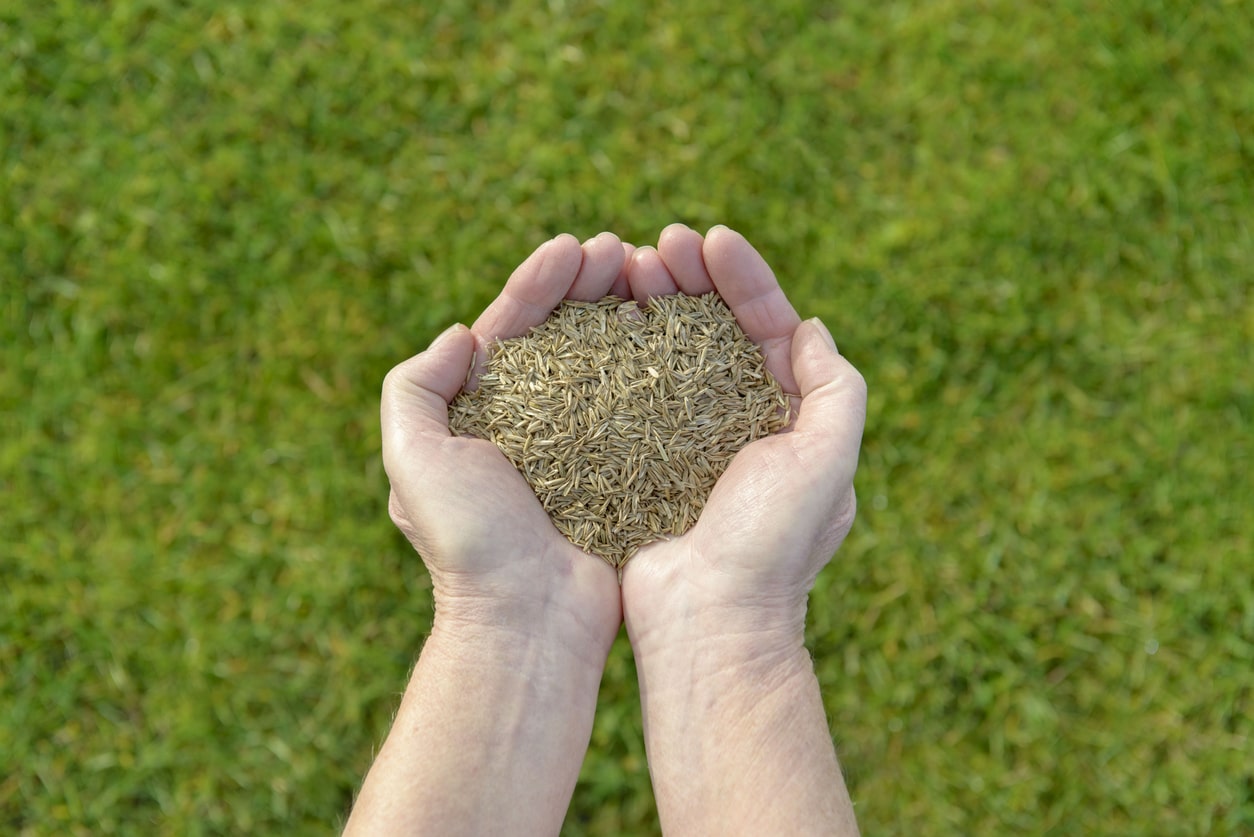
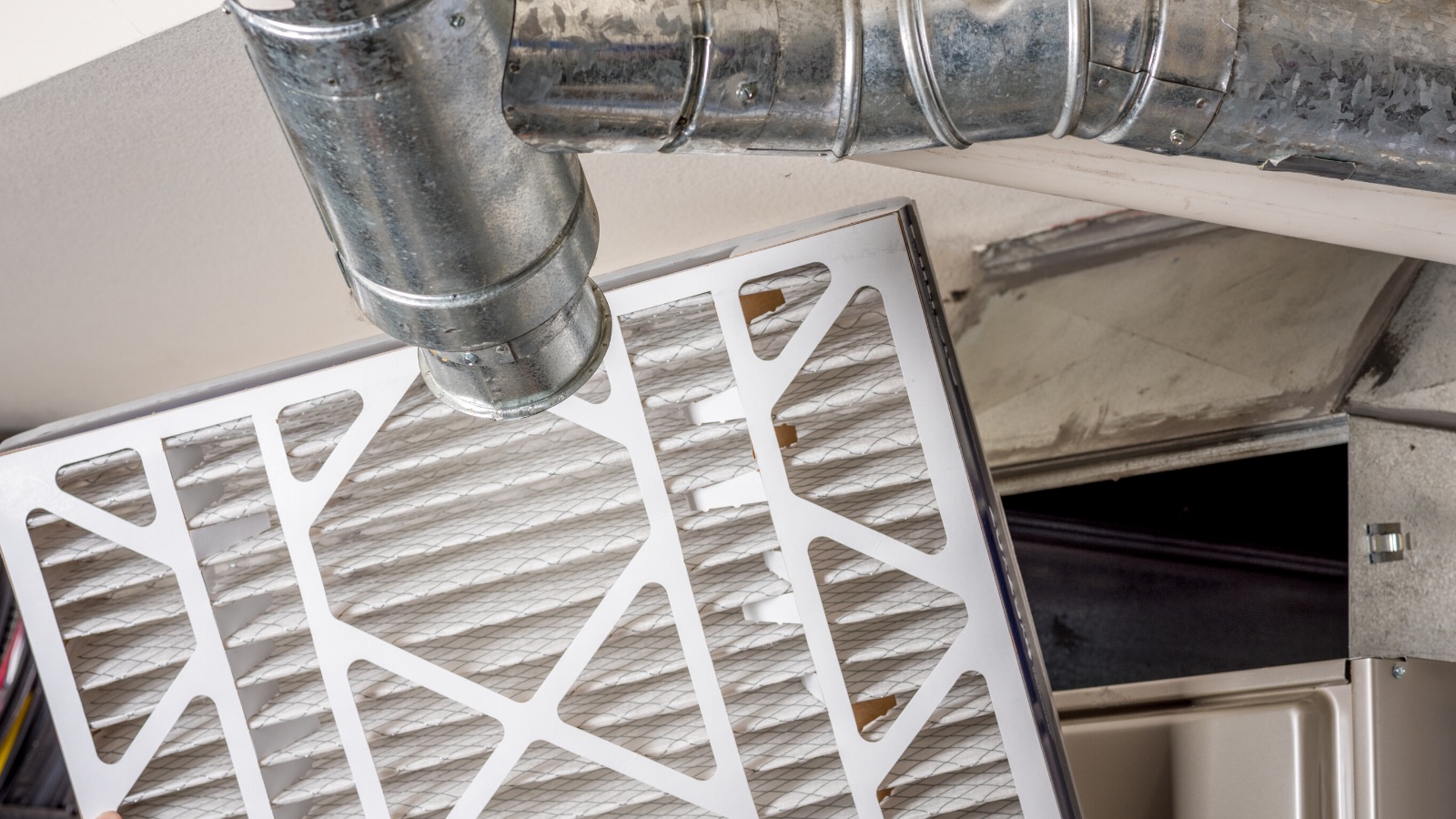
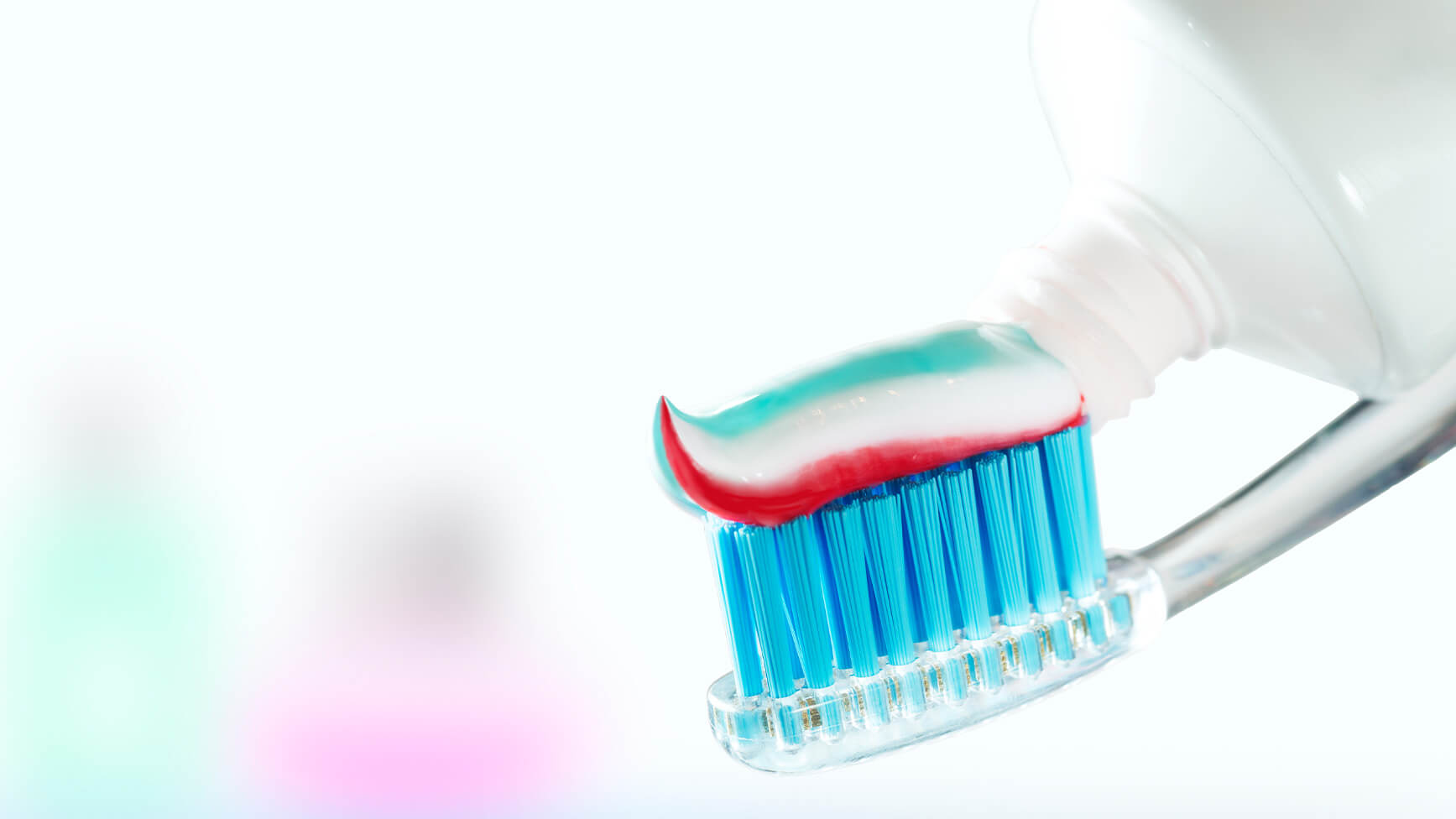
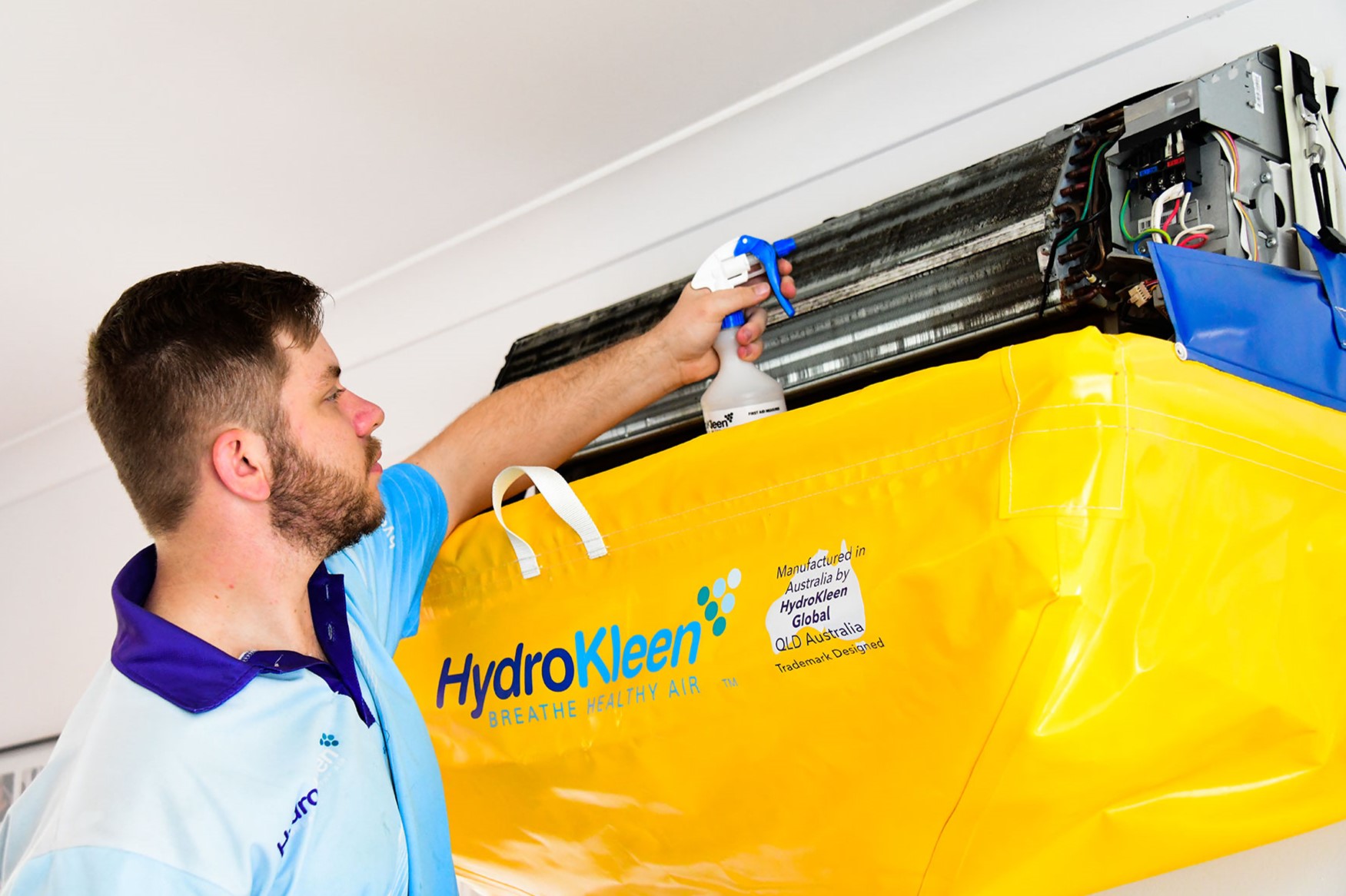
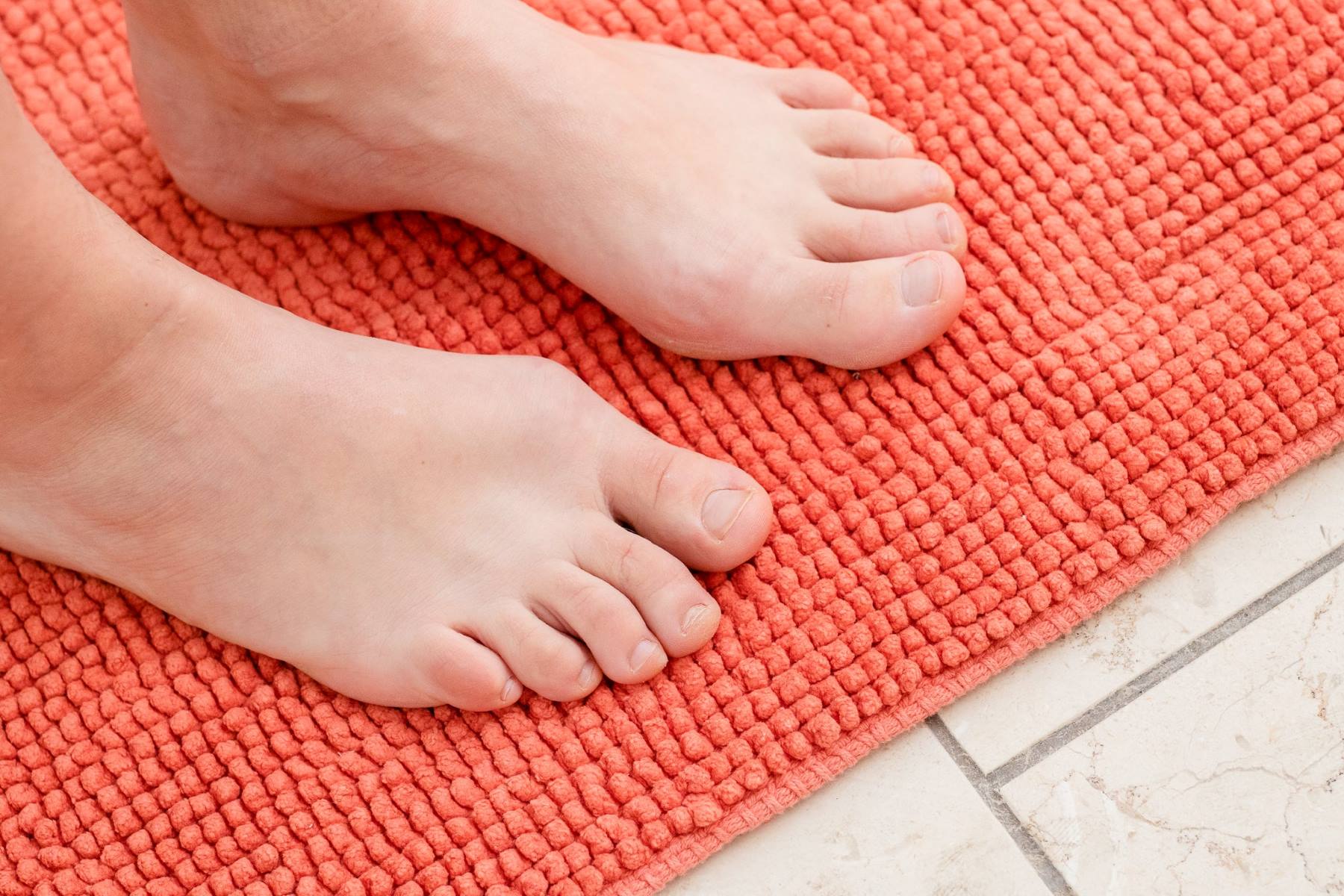
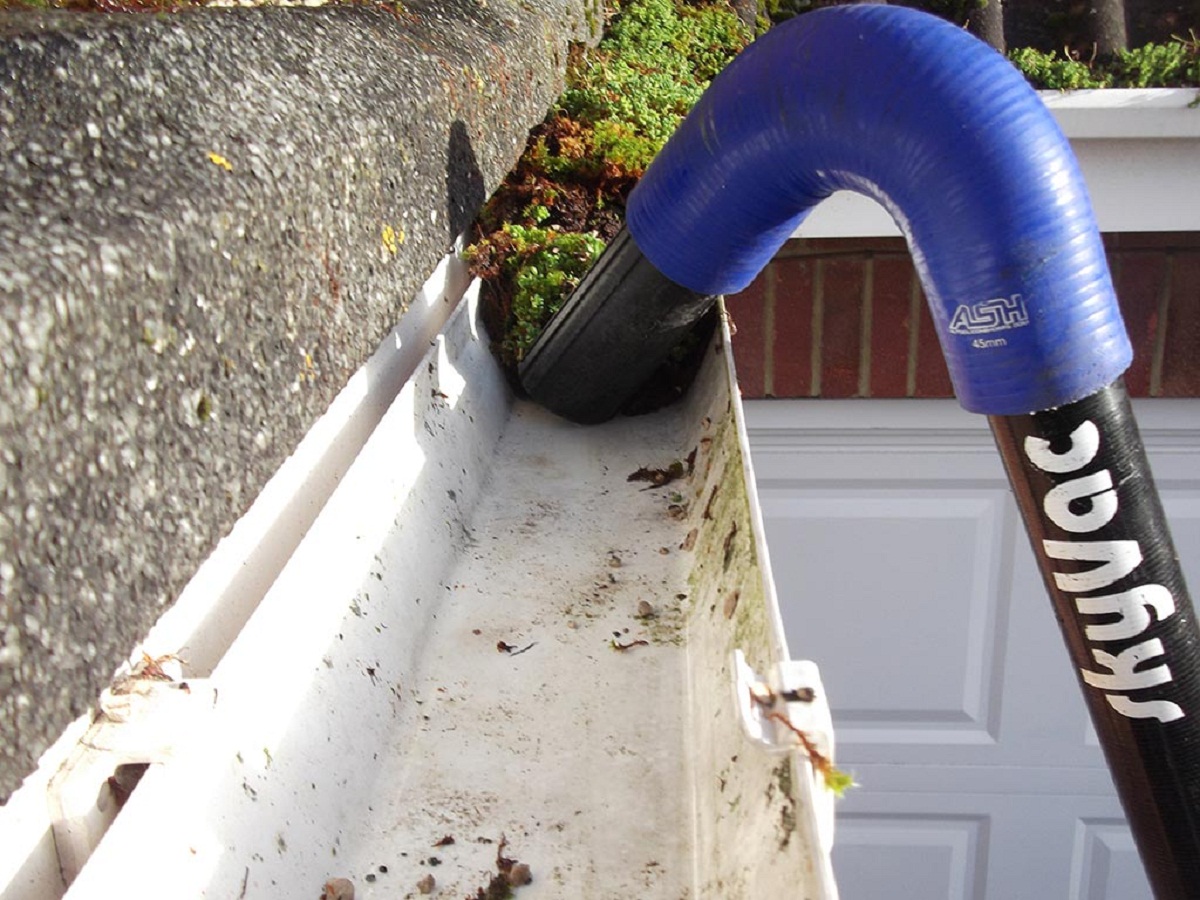
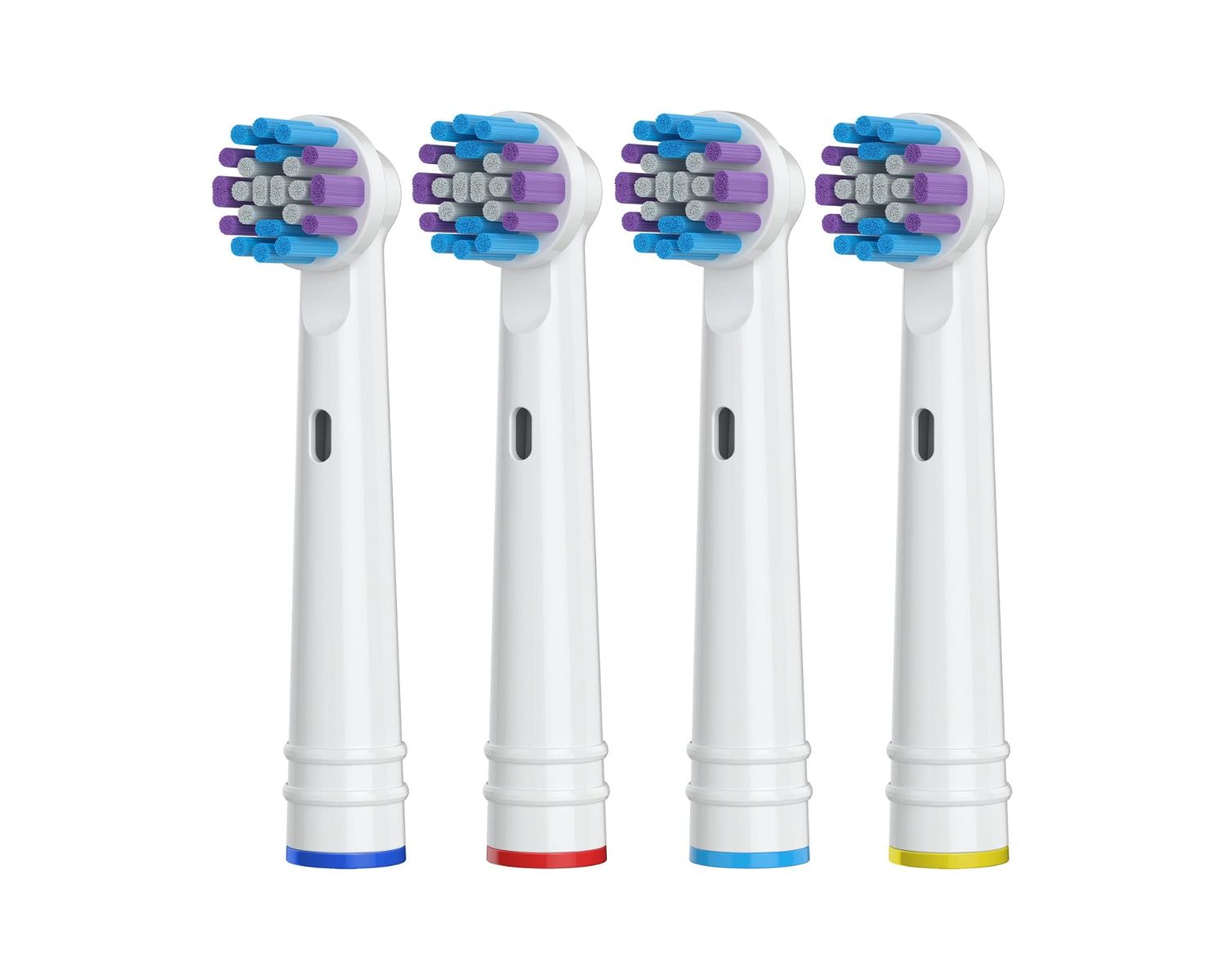
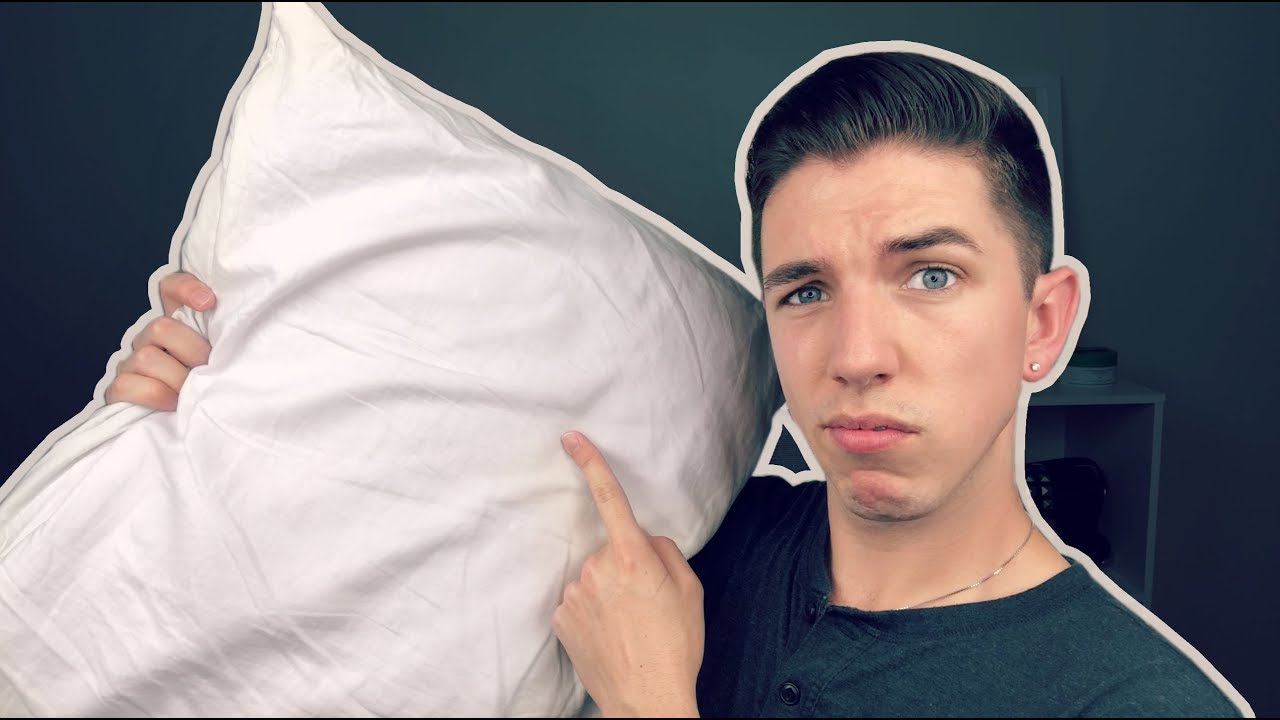
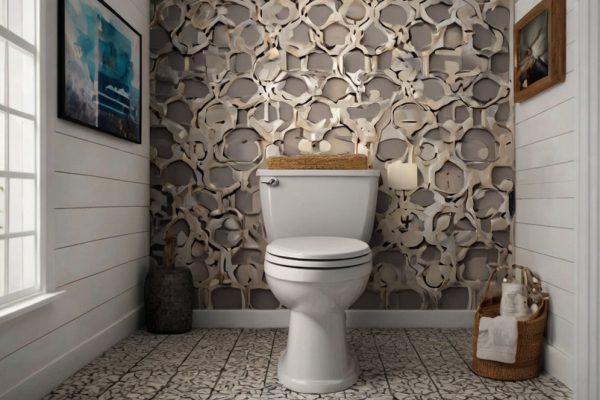
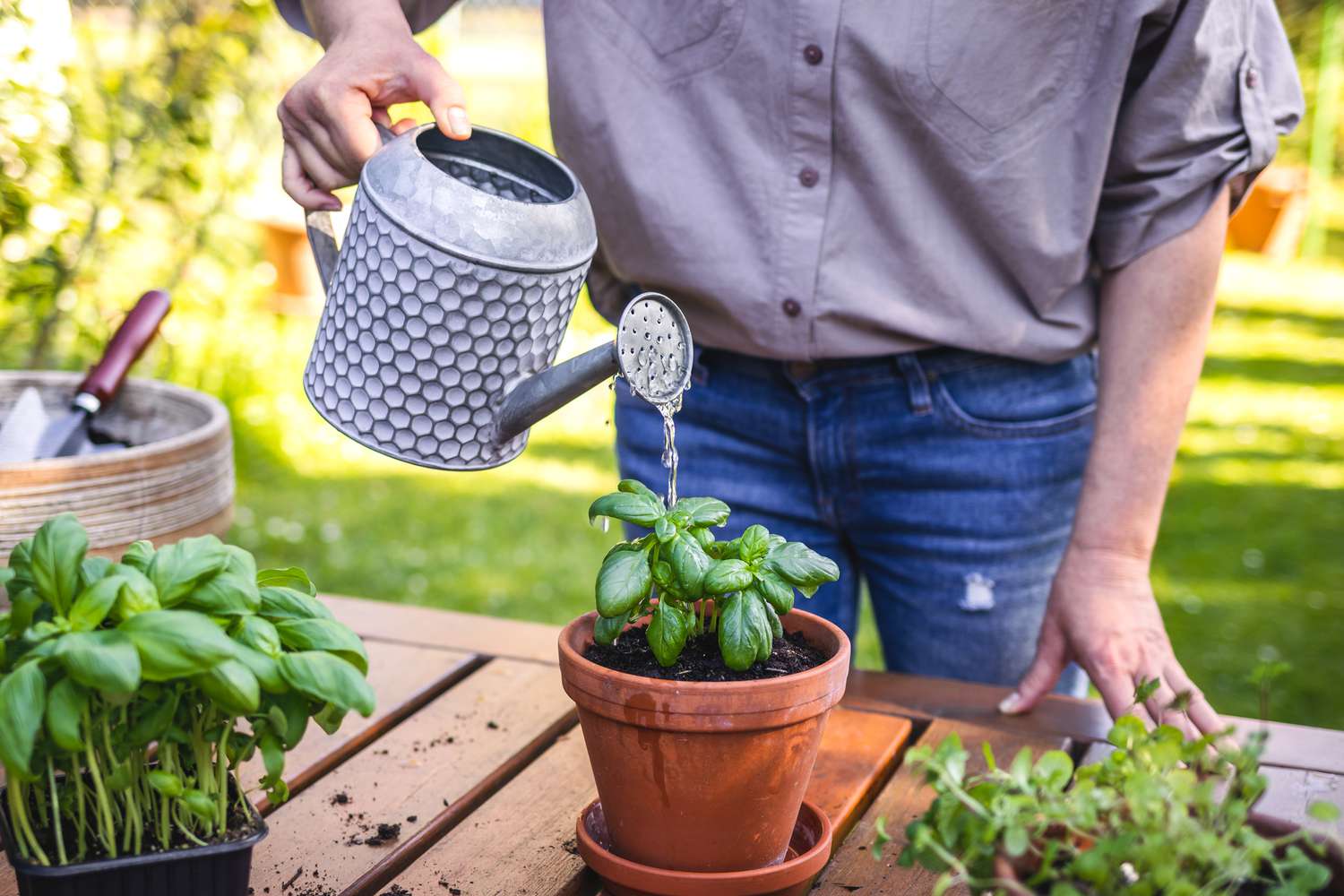
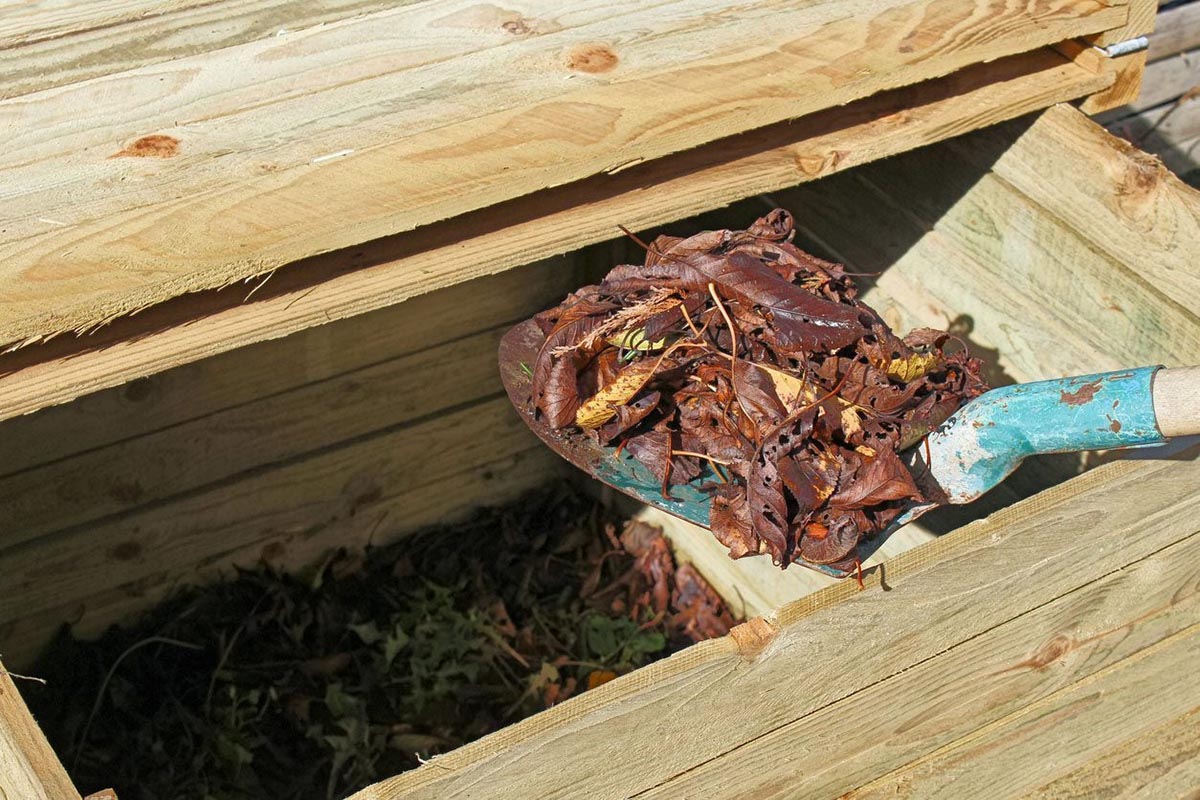
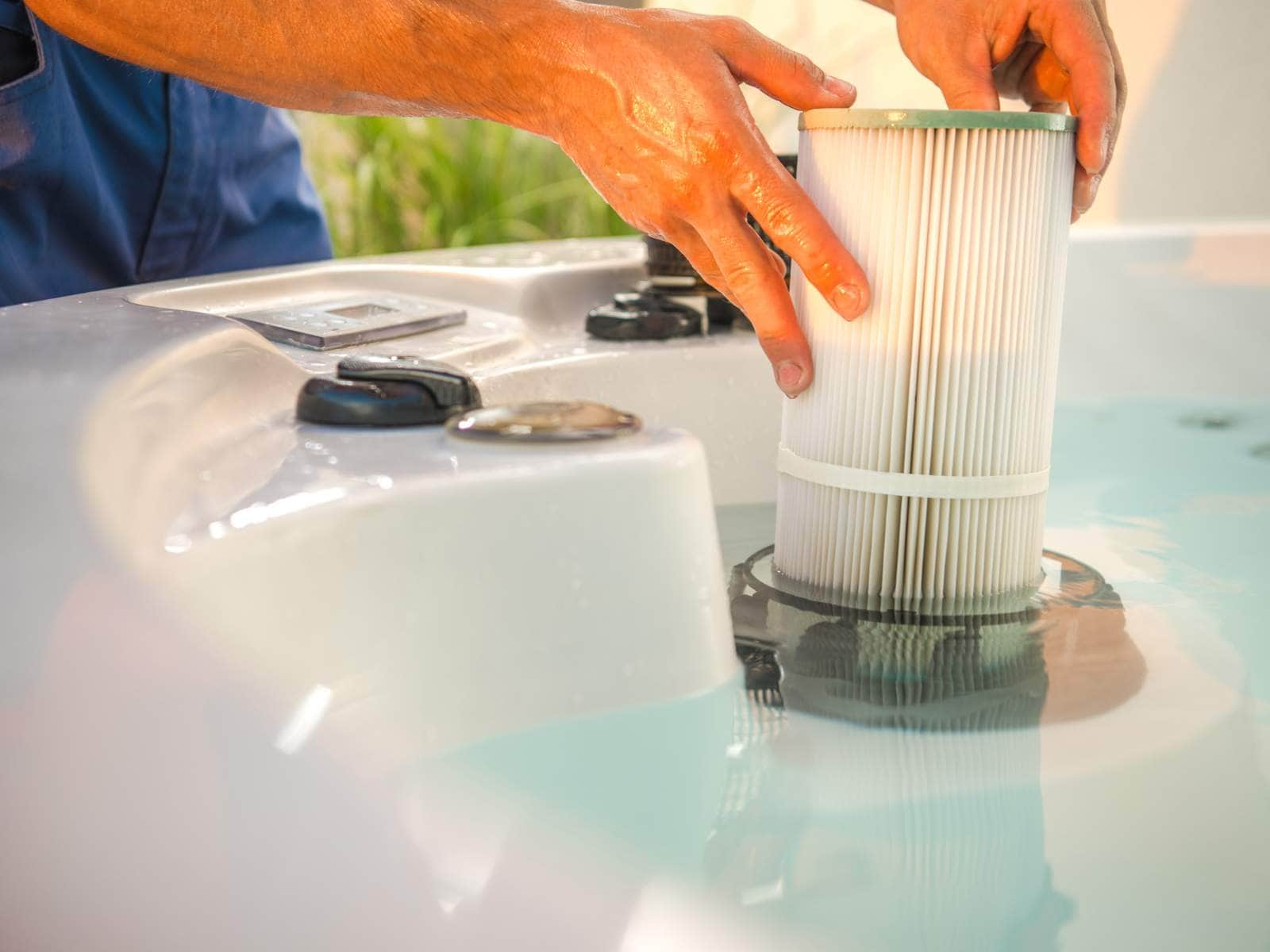
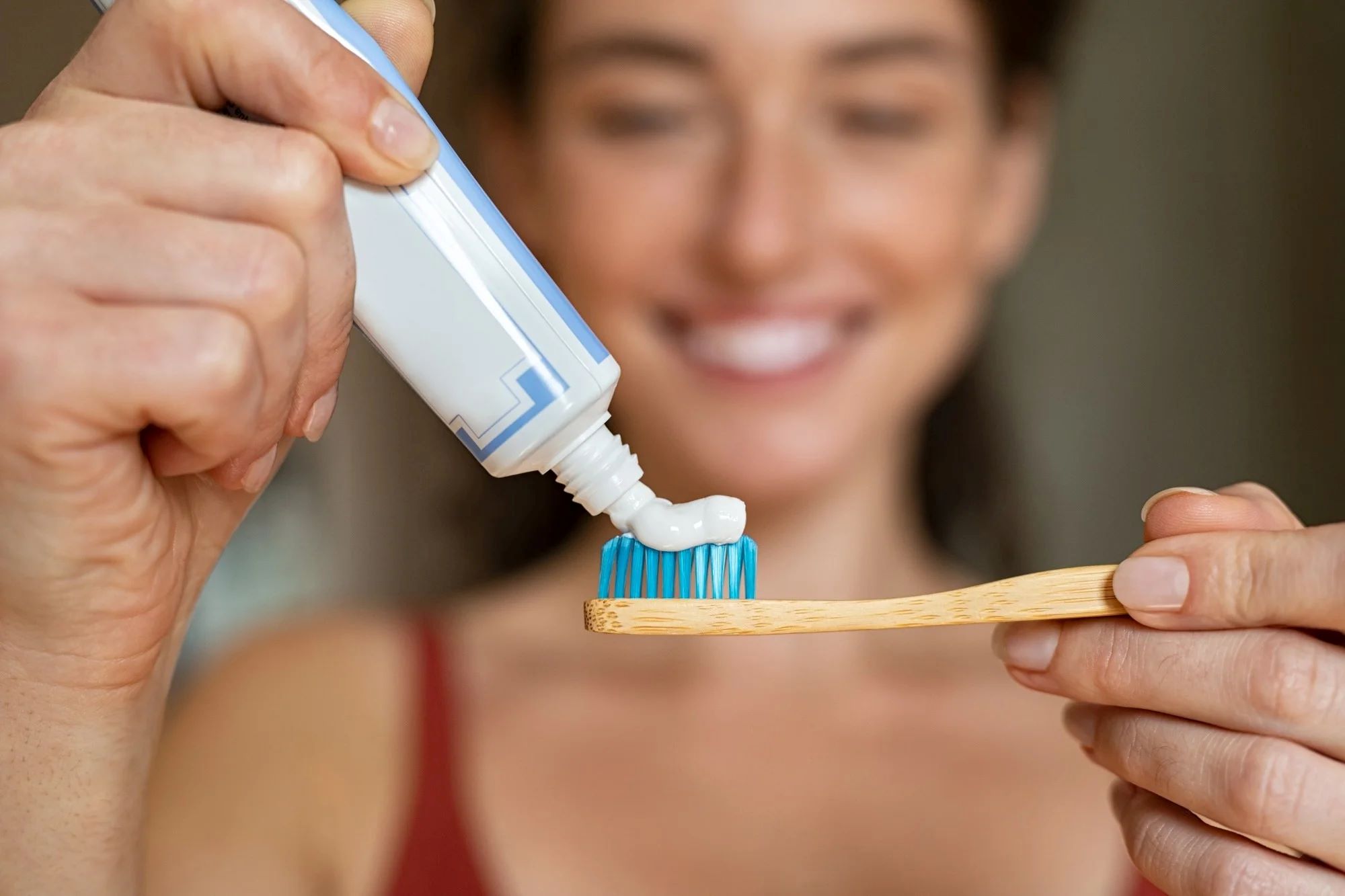

0 thoughts on “How Often Should I Get A New Toothbrush”